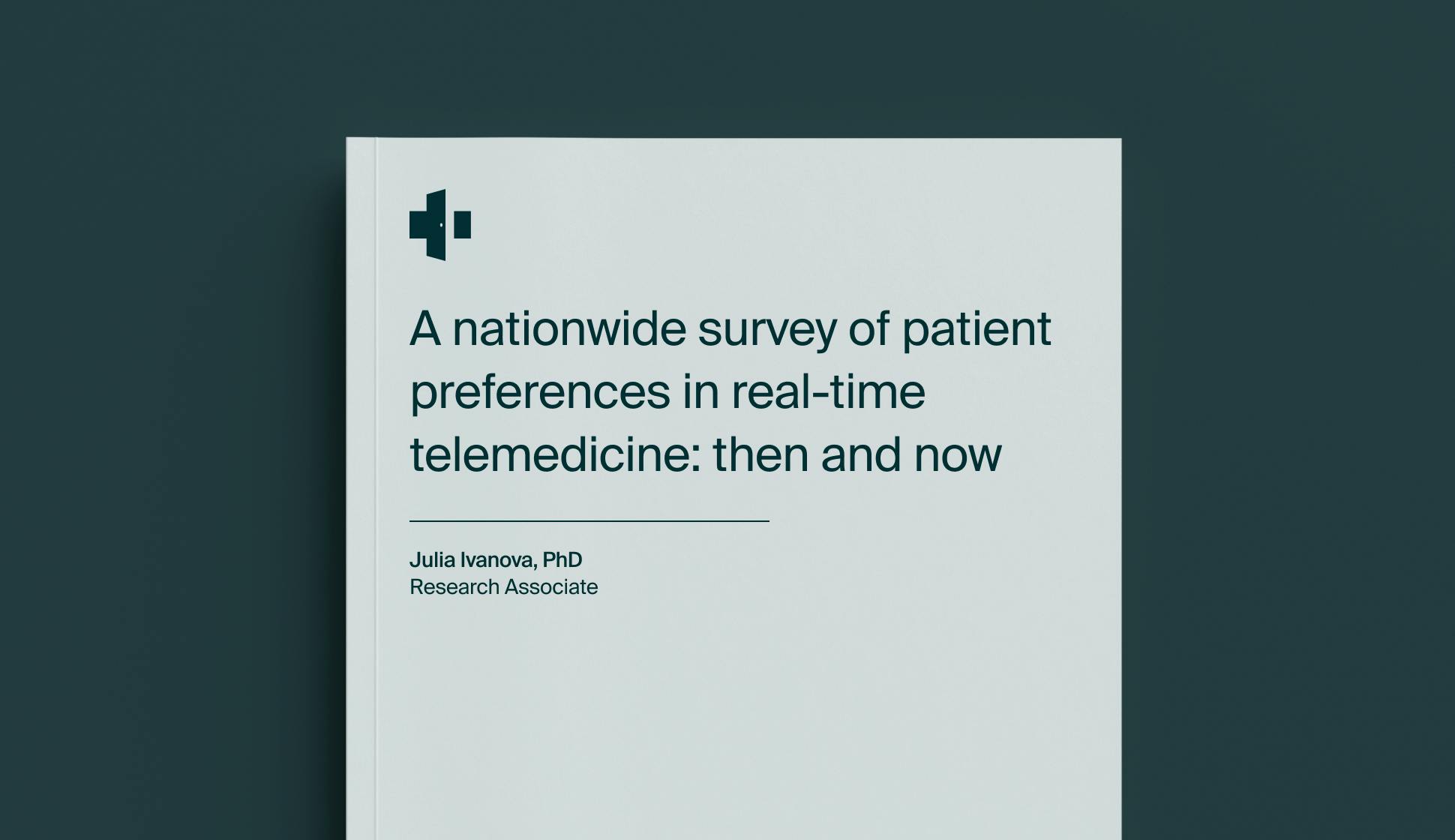
Since the beginning of 2020 telemedicine has changed dramatically. Policies were introduced to enable it, healthcare providers adopted it, and patients adapted to it. So, Doxy.me Research were curious about how patients’ views on telemedicine have changed since it spread around the world. Following up on a study conducted in 2017, this new study tracks how preferences for telemedicine have shifted in 4 major categories:
- Usage/Awareness
- Willingness to use
- Comfortability
- Opinions on importance
Each study surveyed a different group of more than 4,000 people. Therefore, this follow-up study is tracking statistical public sentiment of a representative group of the U.S. population, not the changes in a single group of respondents.
As always, check out the video presentation on YouTube! This month’s presenter is Dr. Julia Ivanova, a researcher who specializes in medical anthropology, global health, and biomedical informatics.
How awareness and usage of telemedicine have changed
Awareness and prior usage of telemedicine was the category that had the greatest statistical changes between 2017 and 2022. In 2017, only 5.3% of respondents knew their primary care provider (PCP) offered telemedicine, only 3.5% had used telemedicine with their PCP before, and 4.6% had used telemedicine with someone other than their PCP.
Now let’s look at how those numbers have changed:
How the percentages involving patient experience with telemedicine have changed in 2022
Awareness of a PCP offering telemedicine increased by 1152%, patients who had performed a telemedicine call with their PCP increased by nearly 1000%, and 715% more people had seen a non-PCP provider over telemedicine. Experience with and awareness of telemedicine being offered have both increased dramatically, but public sentiment about telemedicine might be even more important to understand.
Changes in patient willingness to use telemedicine
The survey measured patient willingness to use telemedicine for visits with a PCP in three different categories: willingness to use it with their own provider, with a different provider from the same organization, or with a different provider from a different organization. Here are how those statistics changed from 2017 to 2022:
A chart tracking the growth of patient willingness to use telemedicine
As the chart shows, roughly half of respondents were willing to use telemedicine with their own provider in 2017, but that number increased to 62% in 2022. The other two categories scored dramatically lower in 2017, but had a much bigger percentage increase over the five years.
The surveys show an increase in overall willingness to use telemedicine. However, the more important trend in this data is a larger percentage increase of willingness to use telemedicine with an unfamiliar provider or organization. Doxy.me Research believes this is a reflection of the trend of increased comfort with telemedicine technology.
How comfortable do patients feel using telemedicine?
Here is an overlay of patient comfortability on top of willingness to use telemedicine:
A chart tracking the growth of patient comfort with telemedicine
In these graphs, the blue represents comfortability and black willingness. The only category where there is disparity is in comfort using telemedicine with a different provider from a different organization. There the difference between willingness and comfort is roughly 10%. However, when it comes to comfort with one’s own PCP or a different PCP within the same organization, the numbers are impressively close: both score within a single percentage point.
Doxy.me Research had already hypothesized that comfort would be a huge indicator of willingness to use telemedicine. However, these results indicate that the link may be even closer than we predicted.
How important do patients feel telemedicine is?
Between 2017 and 2022, the amount of patients who felt it was important their PCP offered telemedicine more than doubled: from 19.8% to 41.7%. That increase was nearly identical in the amount of respondents who reported they would consider switching to a new provider who offered telemedicine: from 15.3% to 28.1%.
Key Takeaways
The data from this survey revealed a few important insights into patient relationships with telemedicine.
- Exposure to telemedicine leads to increased willingness and comfort
- Established patient-provider relationships yield the highest comfort and willingness
However, this article hasn’t covered some of the most important information the study revealed. Things like satisfaction between in-person and telemedicine calls, ease of completing visits, and more. To learn more about these other key insights, I highly recommend checking out Dr. Ivanova’s presentation on our YouTube channel.